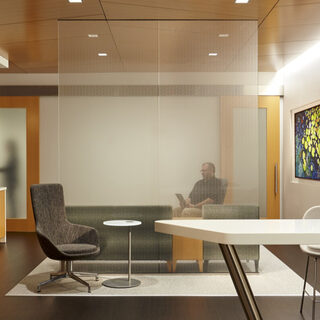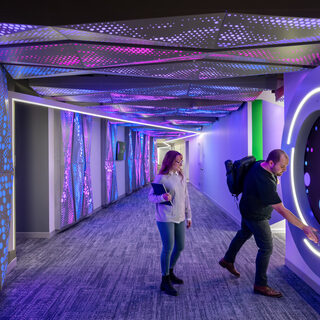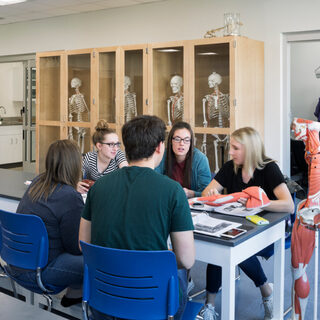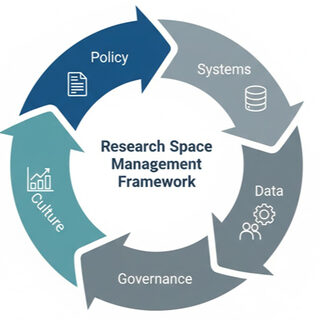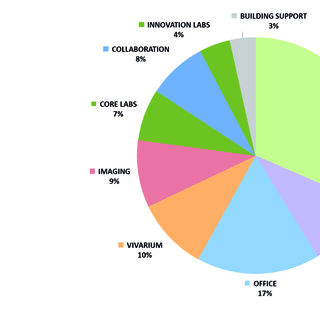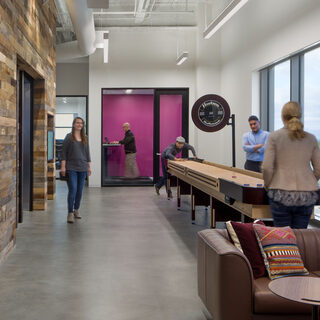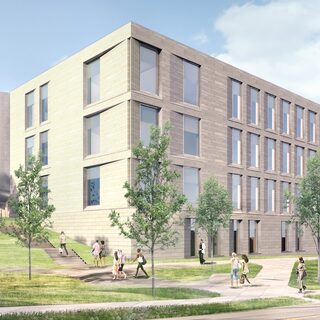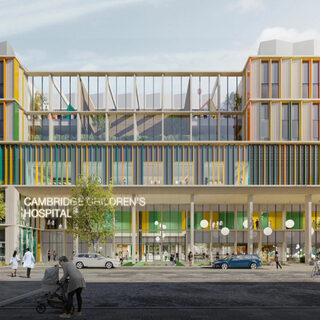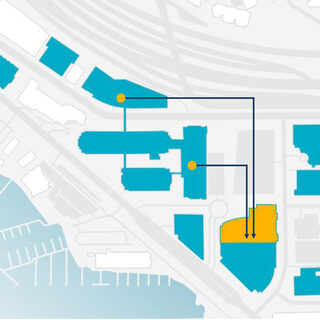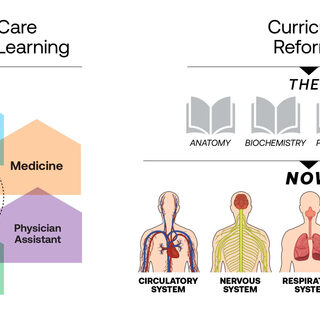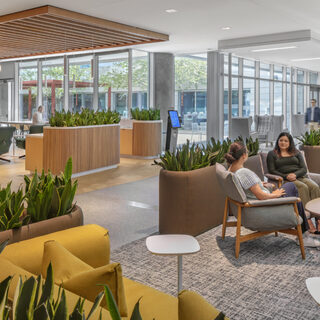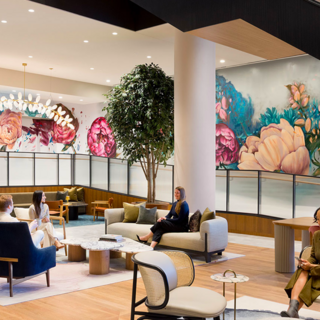Space Plans for Healthcare that Help Recruit and Retain Staff
It’s no secret that many healthcare organizations are struggling to attract and keep enough staff to look after their patients. New space plans are offering solutions to the staffing challenge that increase healthcare worker satisfaction and success by making it easier for them to do their job. Not all staffing considerations are building-related, but there are many ways the building can work to help doctors, nurses, therapists, and aides do their jobs more effectively while maintaining their own physical and mental health. That balance is attractive to healthcare workers.

